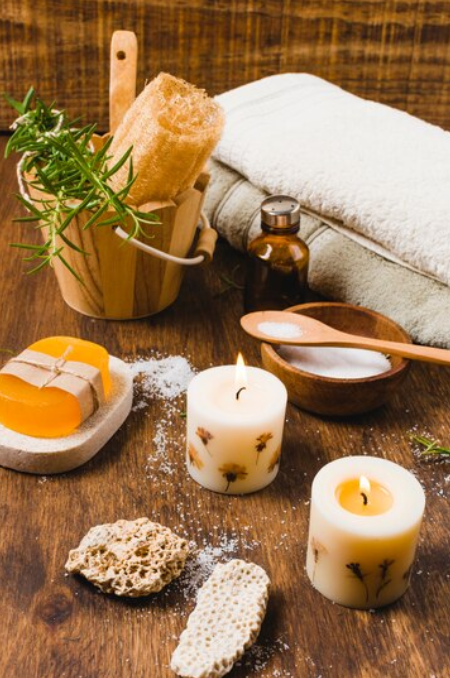The Science Behind Head Massages: Why They Feel So Good
Head massages are not just a luxury often enjoyed at high-end spa centers; they are backed by science that explains their remarkable effects on our physical and mental well-being. This blog explores the physiological and psychological benefits of head massages, shedding light on why they feel so good.
Physiological Benefits
- Increased Blood Flow Head massages stimulate blood circulation in the scalp, which promotes the delivery of oxygen and nutrients to hair follicles. This enhanced blood flow can lead to healthier hair and a sense of overall well-being.
- Pain Relief Many individuals experience tension headaches or muscle tightness in the scalp area. A head massage helps alleviate this discomfort by releasing muscle tension, thereby reducing headache symptoms and promoting relaxation.
- Release of Endorphins The act of massaging the scalp triggers the release of endorphins—natural chemicals produced by the body that elevate mood and reduce stress levels. This biochemical response contributes significantly to the pleasurable sensations experienced during a head massage.
- Stimulation of Nerve Endings The scalp is rich in nerve endings, which makes it particularly sensitive to touch. Massaging these areas stimulates these nerve endings, sending pleasurable signals to the brain and enhancing the overall experience.
- Improved Sleep Quality Regular head massages can lead to better sleep quality by calming the nervous system and alleviating insomnia symptoms. Many people report feeling more rested after receiving a massage.
Psychological Benefits
- Mood Enhancement Studies have shown that head massages can reduce symptoms of depression and anxiety, providing a mood boost that can last long after the session ends. The tactile stimulation from massage promotes a positive emotional response, which is beneficial for mental health.
- Stress Reduction By lowering cortisol levels—hormones associated with stress—head massages help create a sense of calm and relaxation. This reduction in stress can improve overall mental clarity and focus.
- Mindfulness and Relaxation Engaging in a head massage encourages mindfulness, allowing individuals to focus on their sensations and release pent-up tension. This practice can be especially beneficial in today’s fast-paced world, where stress is prevalent.
How does increased blood flow during a head massage contribute to its relaxing effects
Mechanisms of Increased Blood Flow
- Vasodilation Head massages promote vasodilation, which is the widening of blood vessels. This process allows for greater blood flow to the scalp and brain, enhancing oxygen and nutrient delivery. As blood vessels relax, blood pressure decreases, facilitating a calming effect on the body and mind.
- Improved Nutrient Supply The enhanced circulation not only delivers oxygen but also essential nutrients to brain cells. This improved supply can boost cognitive function, leading to better focus and memory, while simultaneously reducing the likelihood of headaches.
- Relaxation of Muscles Increased blood flow helps relax the muscles in the scalp and neck, alleviating tension that often contributes to stress and discomfort. This relaxation response is linked to a decrease in stress hormones like cortisol, further promoting a sense of calm.
Conclusion


FREQUENTLY ASKED QUESTIONS FOR THE SCIENCE BEHIND HEAD MASSAGES
A Head Massage, often referred to as Indian head massage or champissage, focuses on massaging acupressure points along the head, neck, and shoulders. It employs techniques such as circular movements and stretches to improve relaxation and circulation.
Sessions usually last between 15 to 45 minutes, depending on the treatment type and setting. Spa treatments may take longer due to additional relaxation techniques.
- Circular movements on the scalp
- Gentle pressure applied to acupressure points
- Stretches for the neck and shoulders
These methods help release tension and stimulate blood flow.
The frequency can vary based on individual needs. Many therapists recommend starting with 4-6 sessions over a few weeks, followed by monthly maintenance treatments.
Post-Treatment feelings can vary; some may feel deeply relaxed or even energized. It’s important to stay hydrated and rest afterward to maximize benefits.